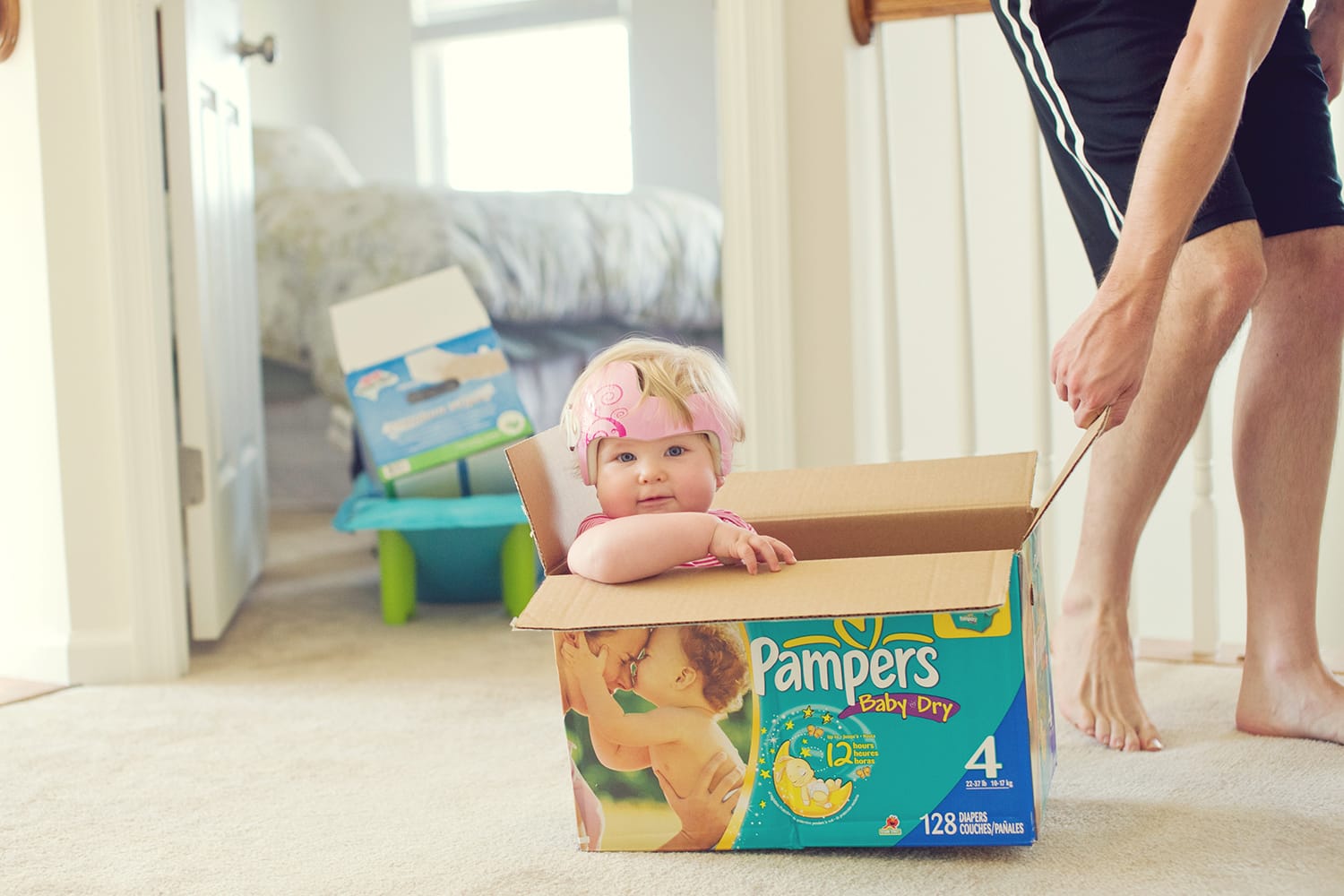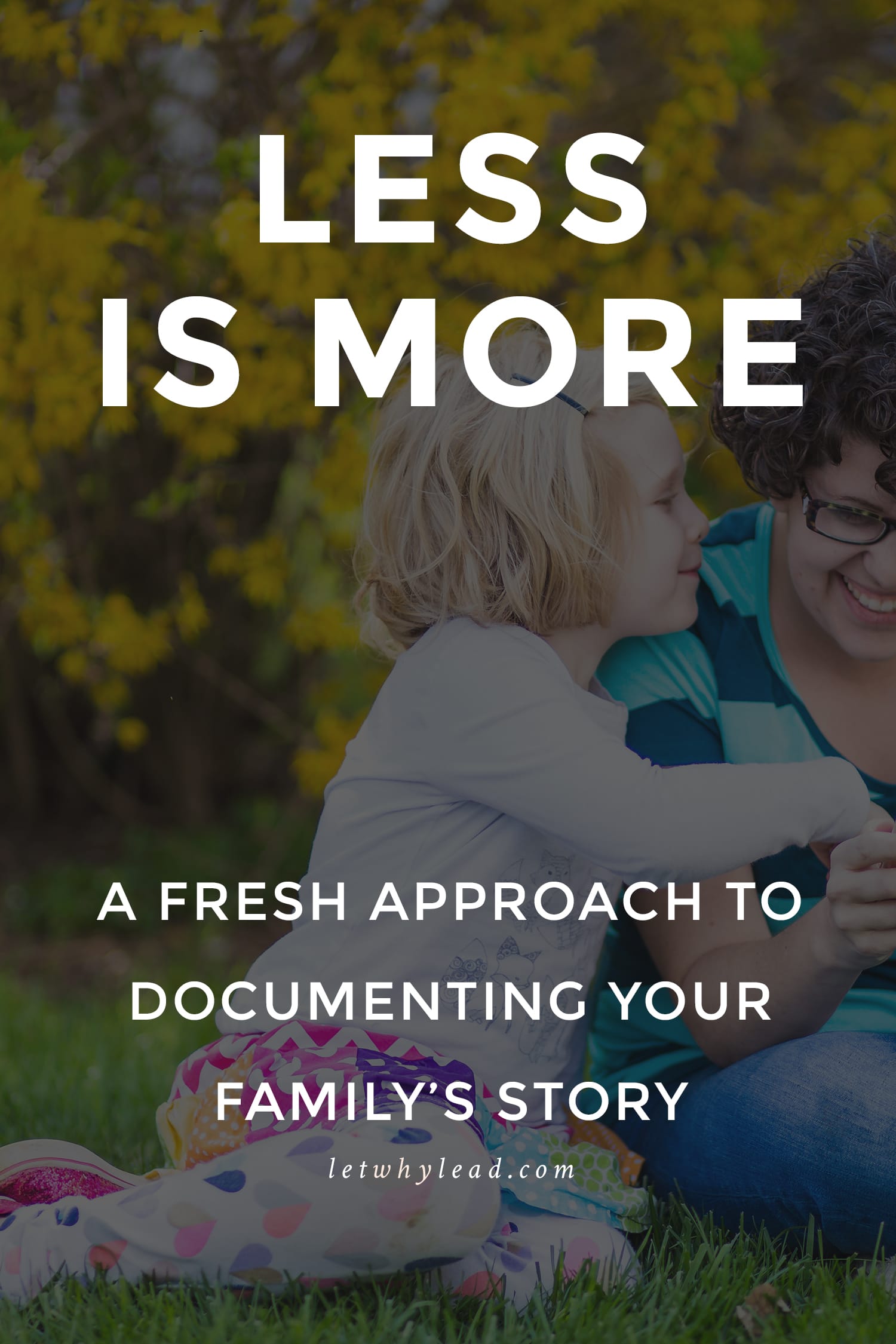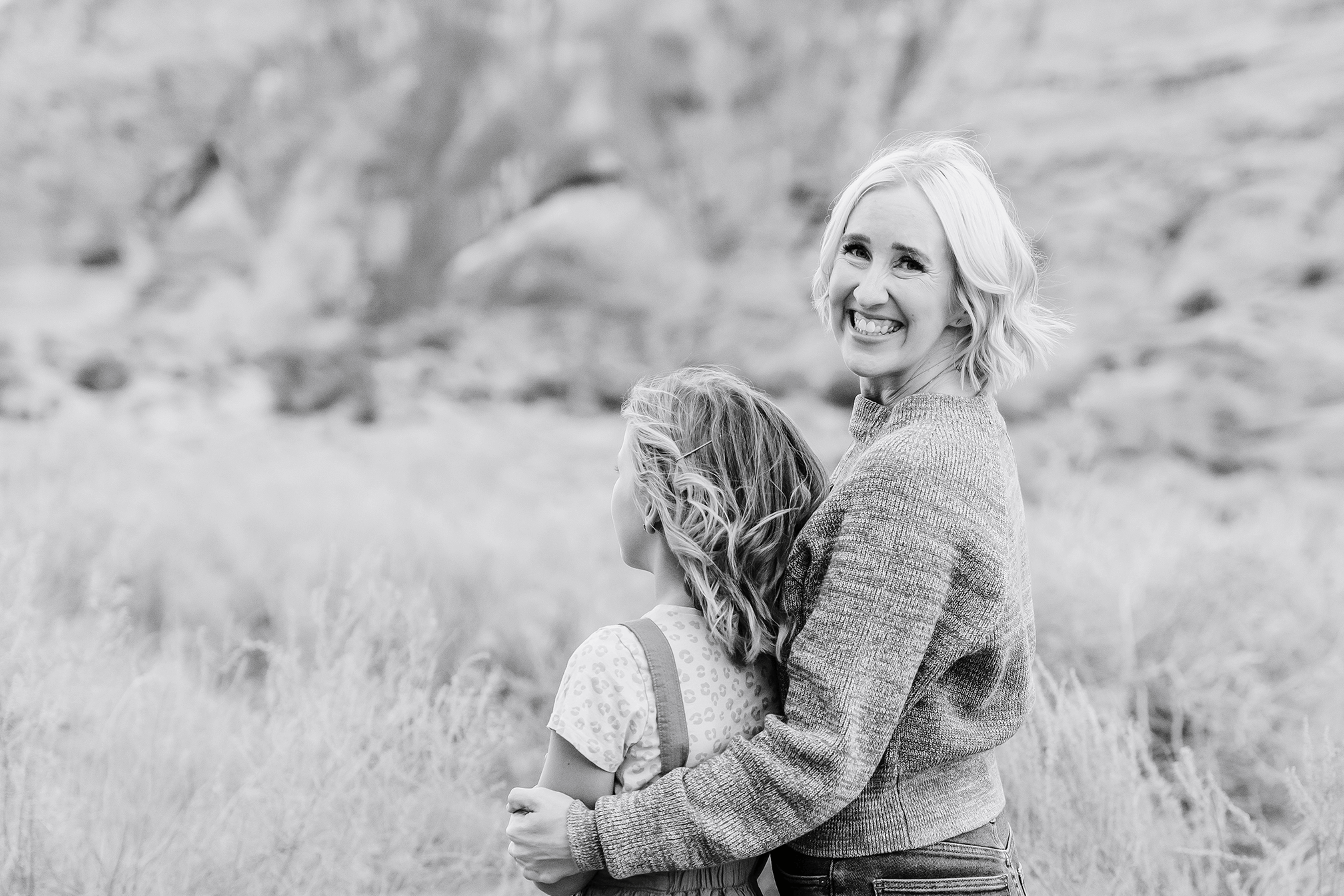When my daughter was born six years ago, I picked up a camera without much of a purpose other than—I want to capture every little moment!
My WHY was about quantity over quality.
When they’re small, our kids change every day, and in the haze of sleepless nights and being the primary caretaker, we snap photos to remind ourselves that we actually accomplished something in the midst changing diapers, hourly feedings, and rocking our babies to sleep. Their smiles remind us that we are loved and valued, their daily growth reminds us of how fast time flies by, and their tiny fingers and toes remind us how delicate and fragile life can be.
Thousands of photos later, I realized perhaps my WHY—capturing every little moment—wasn’t the best approach.

Don’t get me wrong: I’m grateful to have so many recorded memories, but digital technology is limitless, and if I’m being honest, the tens of thousands of photos become information overload.
My memories sat on a hard drive where they were hardly enjoyed.
Over the last few years, I’ve dedicated time and space and energy to decluttering my digital archives. It’s been a process I’ve had to stay intensely focused on and committed to. And it’s a process that has helped me re-frame how I want to record our life going forward. In short, this process has taught me that I need to get more intentional about what I photograph.
Because if I snap it, then ultimately I have to figure out what to do with it.
If you’ve ever felt overwhelmed by the sheer volume of your photo collection, a purposeful philosophy on documenting your family’s story might be the breath of fresh air you’ve been needing. Today I’m sharing four lessons I’ve learned (the hard way!) that I hope will help you become a wiser, happier family historian going forward.
A Fresh Approach to Documenting Your Family’s Story
1. Less Is More
I’ve deleted so many photos this year. Ones that are blurry, dark, out of focus. I used to snap away hoping something would turn out, waiting for a smile, willing a moment to happen that had yet to happen in front of the camera. I have so many duplicate photos or snapshots that were only meant for a quick text to the grandparents. It makes for a mess to weed through when it comes to printing. It makes for family albums that are 300 hundred pages and 600+ photos. It makes for years of dedication to sorting and organizing digital clutter.
My new mantra is “less is more.” It doesn’t mean I value photography any less. It just means I aim to shoot less. Because the fewer photos I take, the less work I’m creating for myself down the road.
2. There’s a Time and a Place
I’m learning that some moments are simply meant to be enjoyed.
One thing I do to ensure that I don’t spend all of my time with a camera at my face is to purposefully set aside some time for photos. For example, on family vacations I may designate one day to capture more “official” family photos. I communicate with my family so they know the photos are coming. I plan out the location and any activities, and I envision what images I’d like to capture.
Beyond that day, I’m present with my family on our vacation. I may take a few snapshots, but my intention is not the photos; it’s being with my people.
3. Recording Memories Begins and Ends With Connection
At the end of the day, we document our memories for one reason: to connect. We seek connection with relatives who came before us and those who will come after us, as well as with stages of our own lives, long since past. Connection is where we find meaning. When I take photos now, I look not just for a moment but for a feeling. I try to find that connection, whether it’s something I’m feeling or something I’m seeing my subjects feel. This eliminates a great deal of the shots I could take, as I seek instead for moments of connection that are absolutely worth documenting.
4. There’s Value in Learning Technical Photography
Do you know what helped me most to take fewer photos? Learning a bit about technical photography.
Instead of shooting dozens of photos in the hopes that one or two turn out well, I can now use lighting and aperture and shutter speed to create the image I perceive in my mind’s eye.

If you want to grow as a photographer, your goal doesn’t have to be to create a work on fine art every day or to become an income-generating professional. Your goal—like mine—may be simply to capture fewer but more meaningful moments and to share real connection with the people around you.
Erica note! I don’t know many people who coach women as wholeheartedly as Beryl does. If you’d like to improve your mom photography (momtographie!) skills, I highly recommend starting with her 1-ingredient fix. You’ll grow not just in your skills but also in your appreciation for your life as a mom. Thanks so much for reading!







I am into photography as a hobby. There is something magical in capturing the right moment and preserving those memories. I do agree that you may need to learn the technicalities or you’ll end up with so many photos. Just choose the ones that evoke the emotion and reminds you of your precious moments.
Well said, Daikuro! Thanks so much for reading!
This is spot on! When I was interning for a wedding photographer I remember him teaching me to be purposeful in my photos. He told me the goal is to capture the special moments, not overwhelm the family with duplicate pictures. He also taught me that when you are too shutter happy you are liable to get camera shake in all the excitement. Those lessons have served me well over the years and they are very applicable at home as well as on a paid shoot. 🙂
Wow, I love that! He sounds like a very unique photographer, to articulate that so well to his clients. To me it shows a real love of the art of photography. Quality over volume.